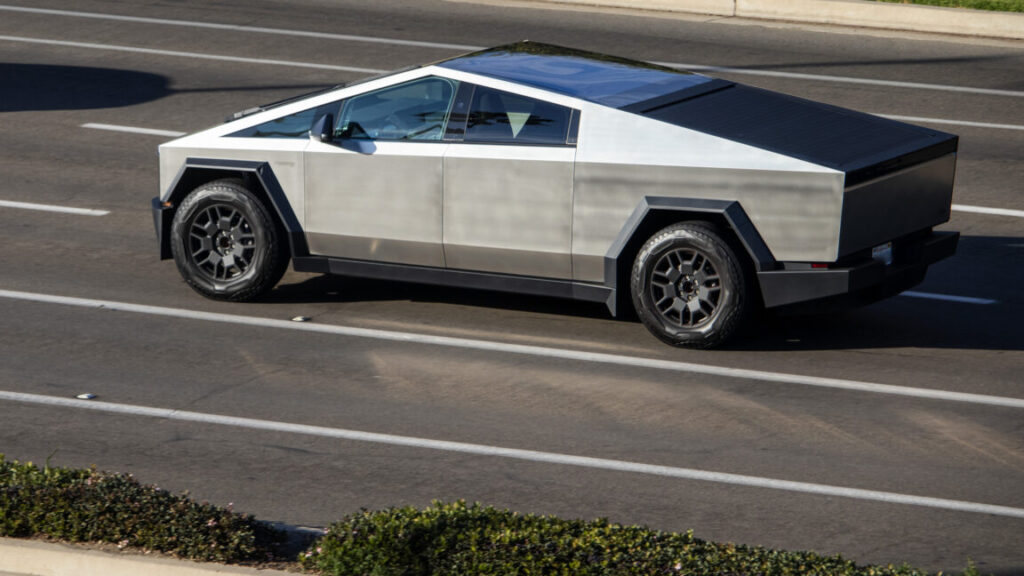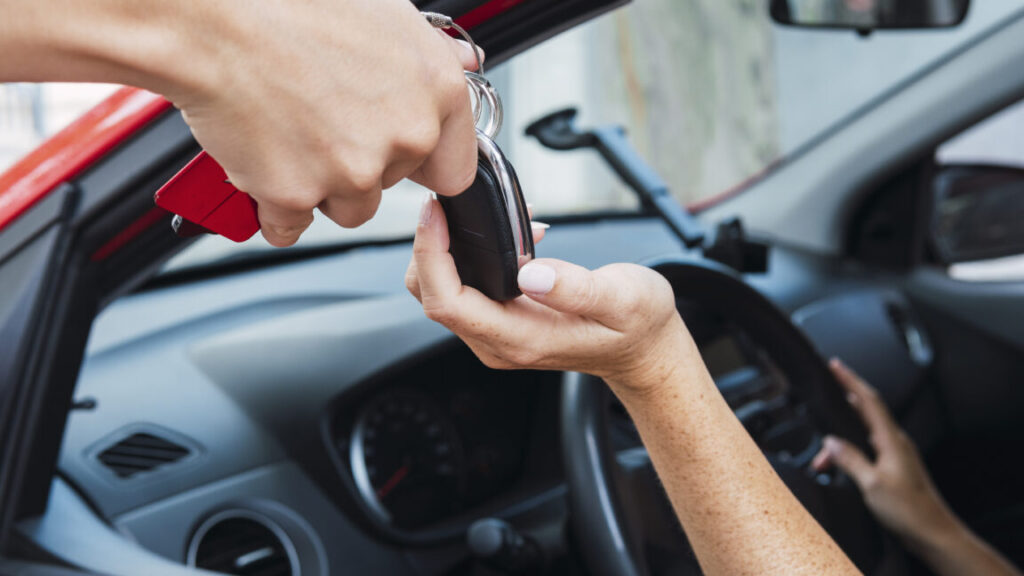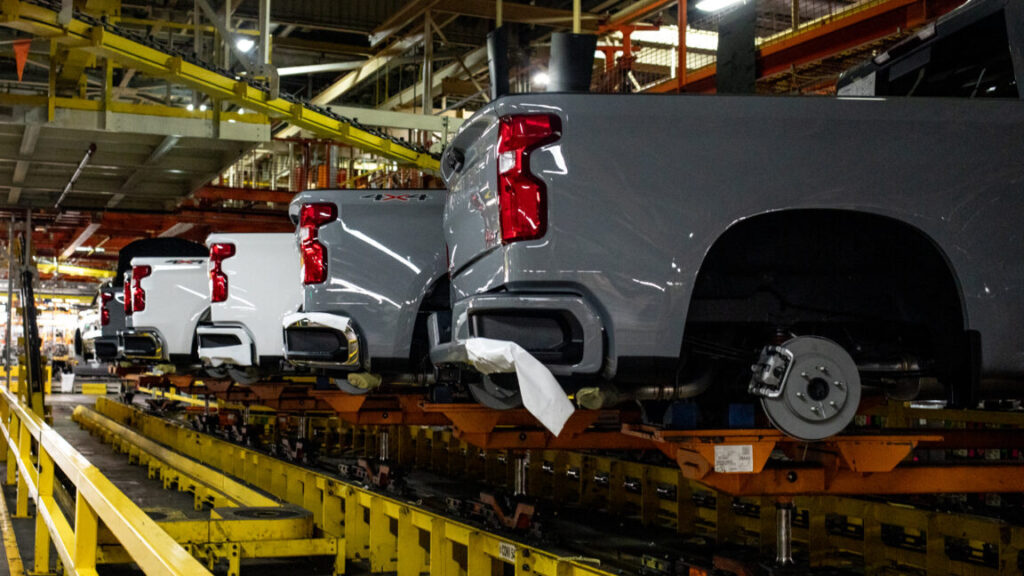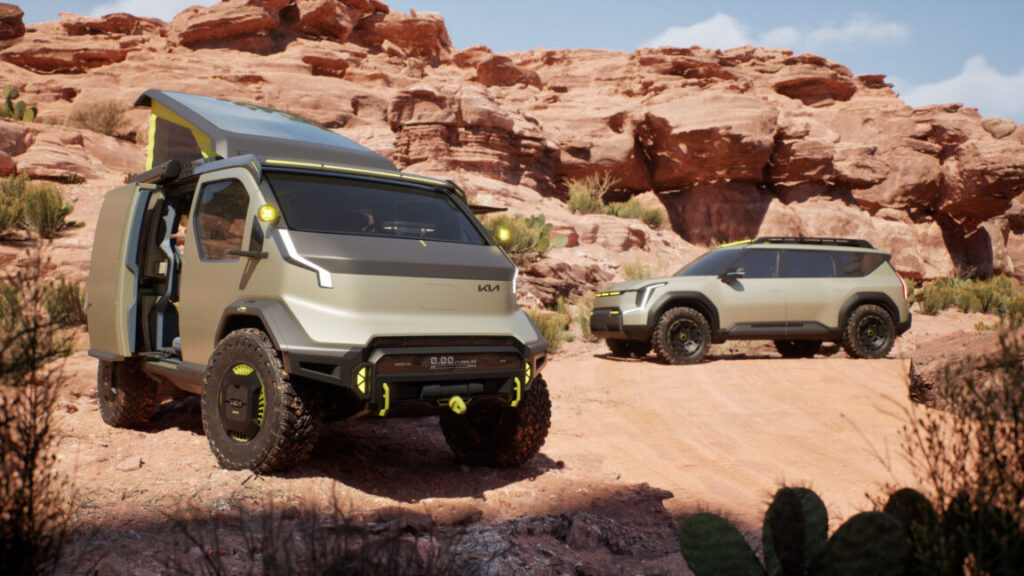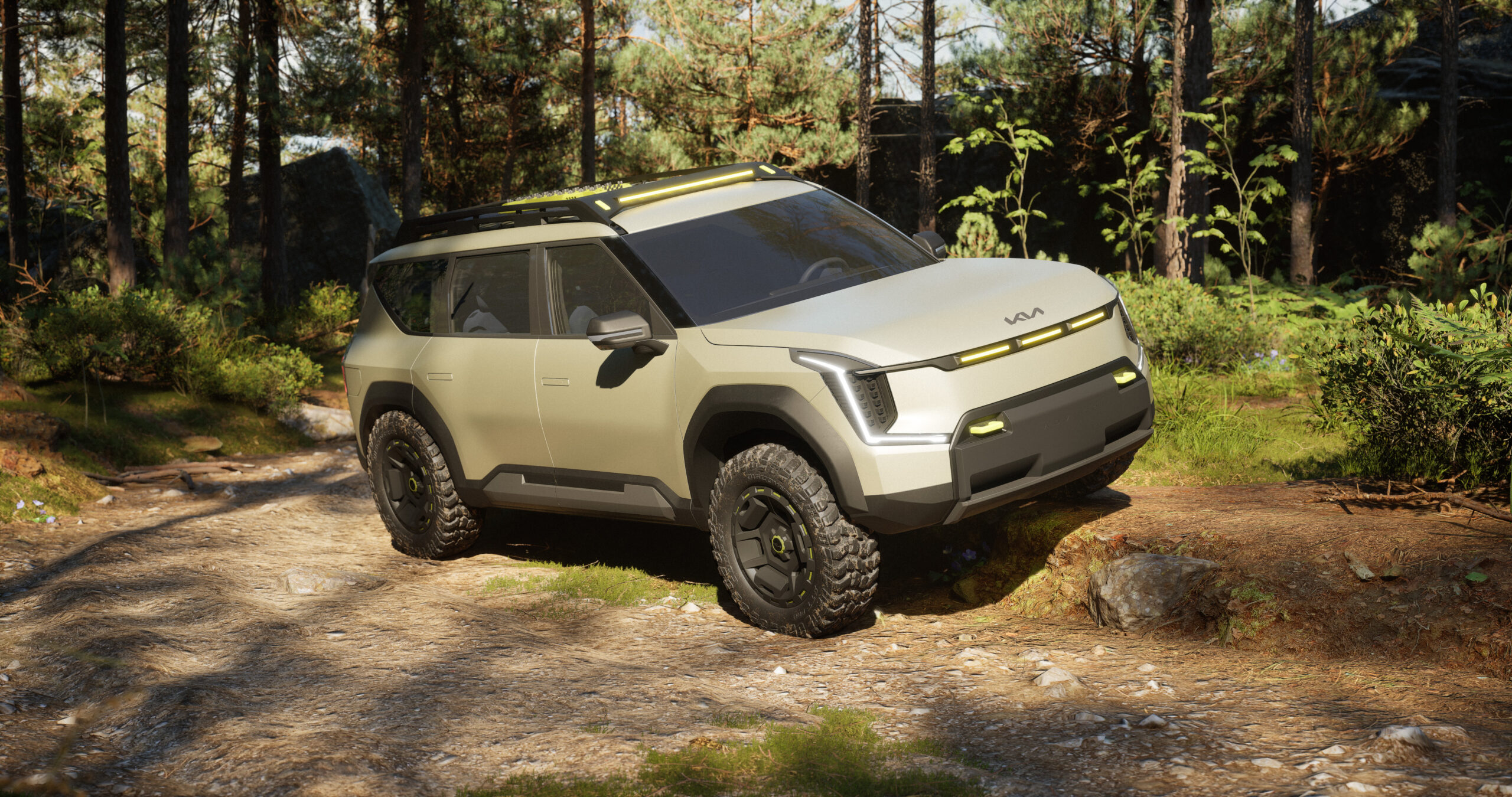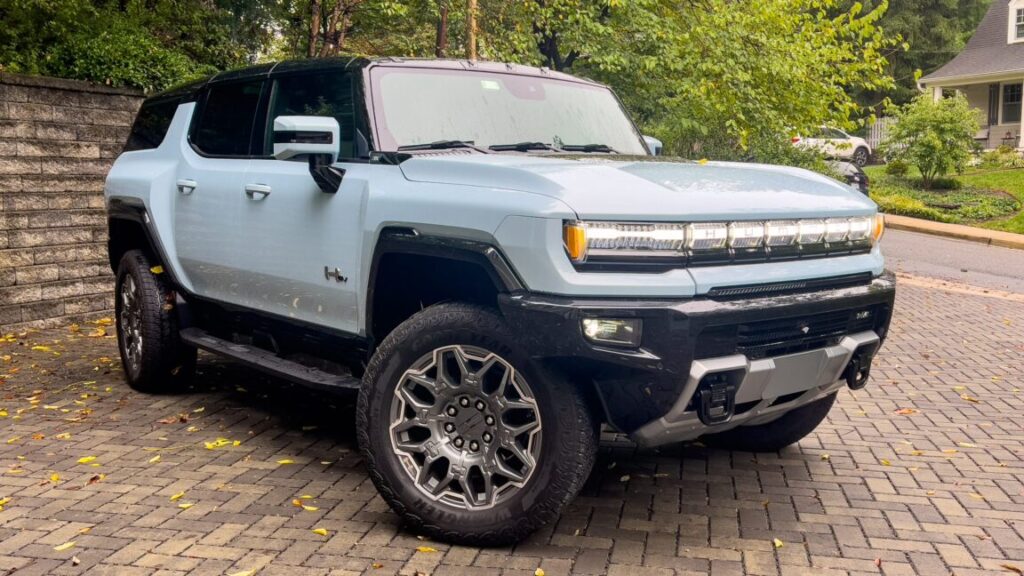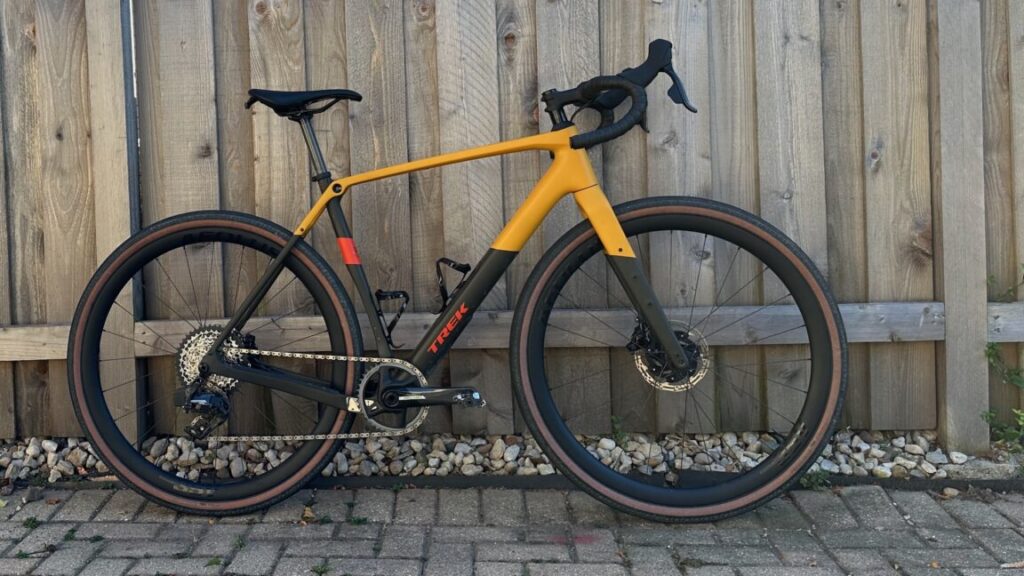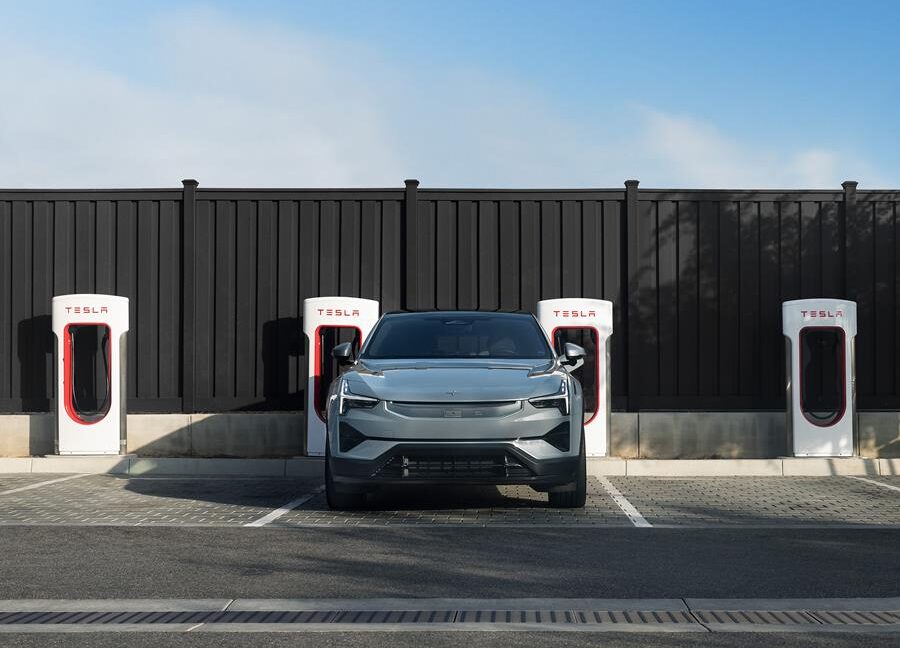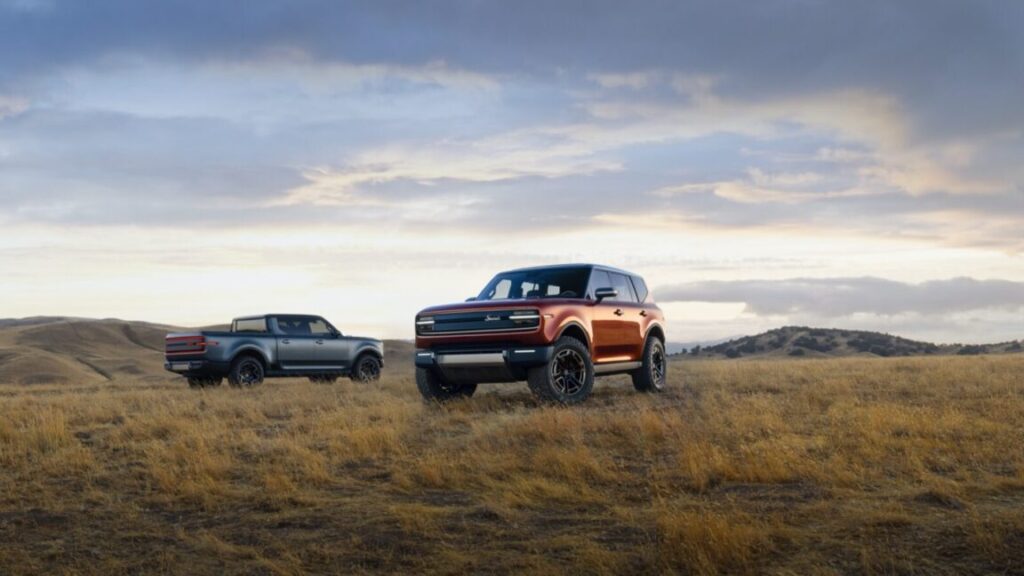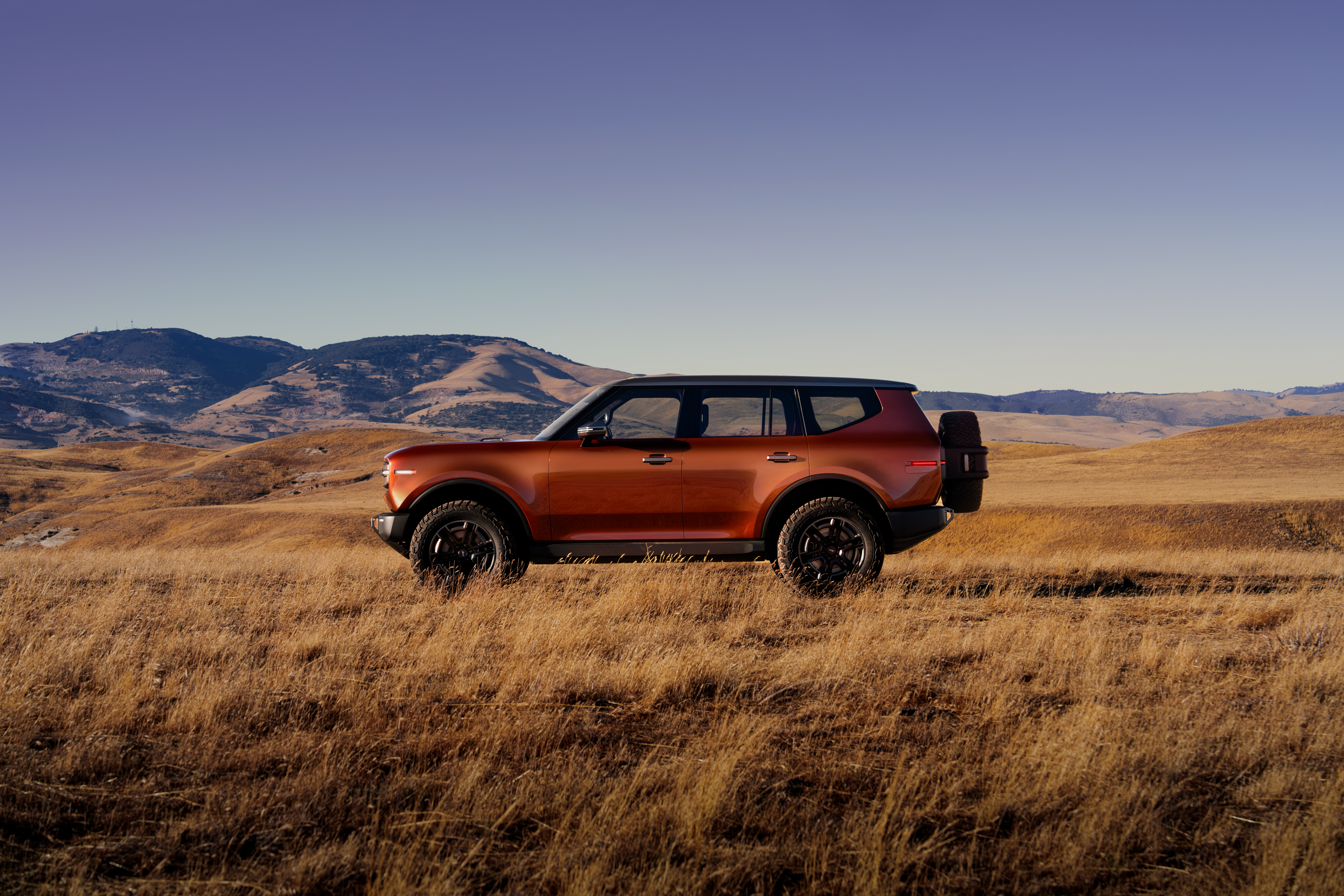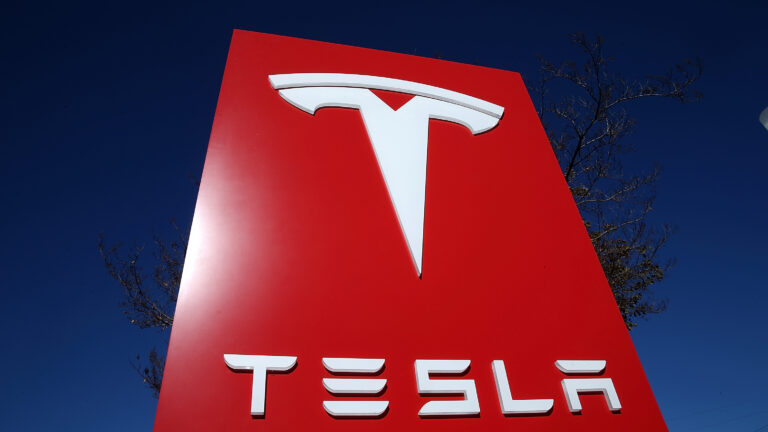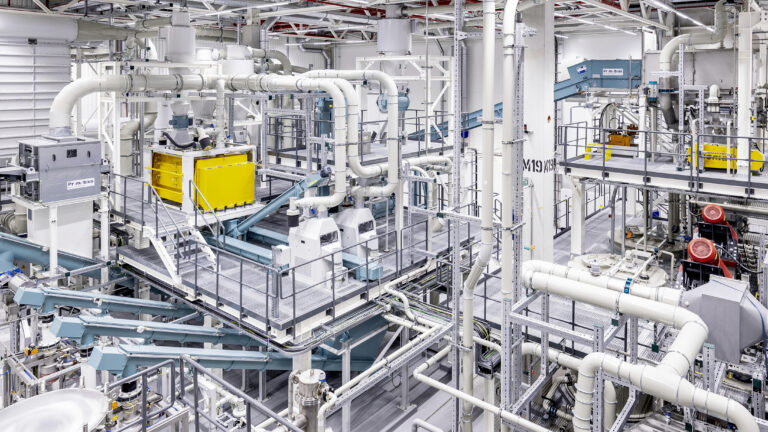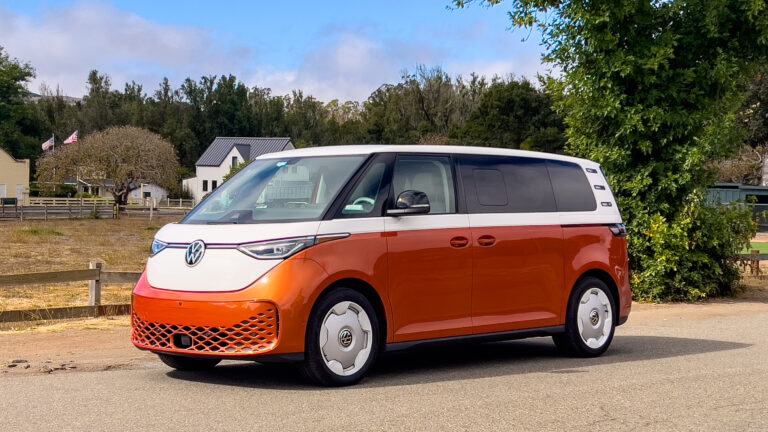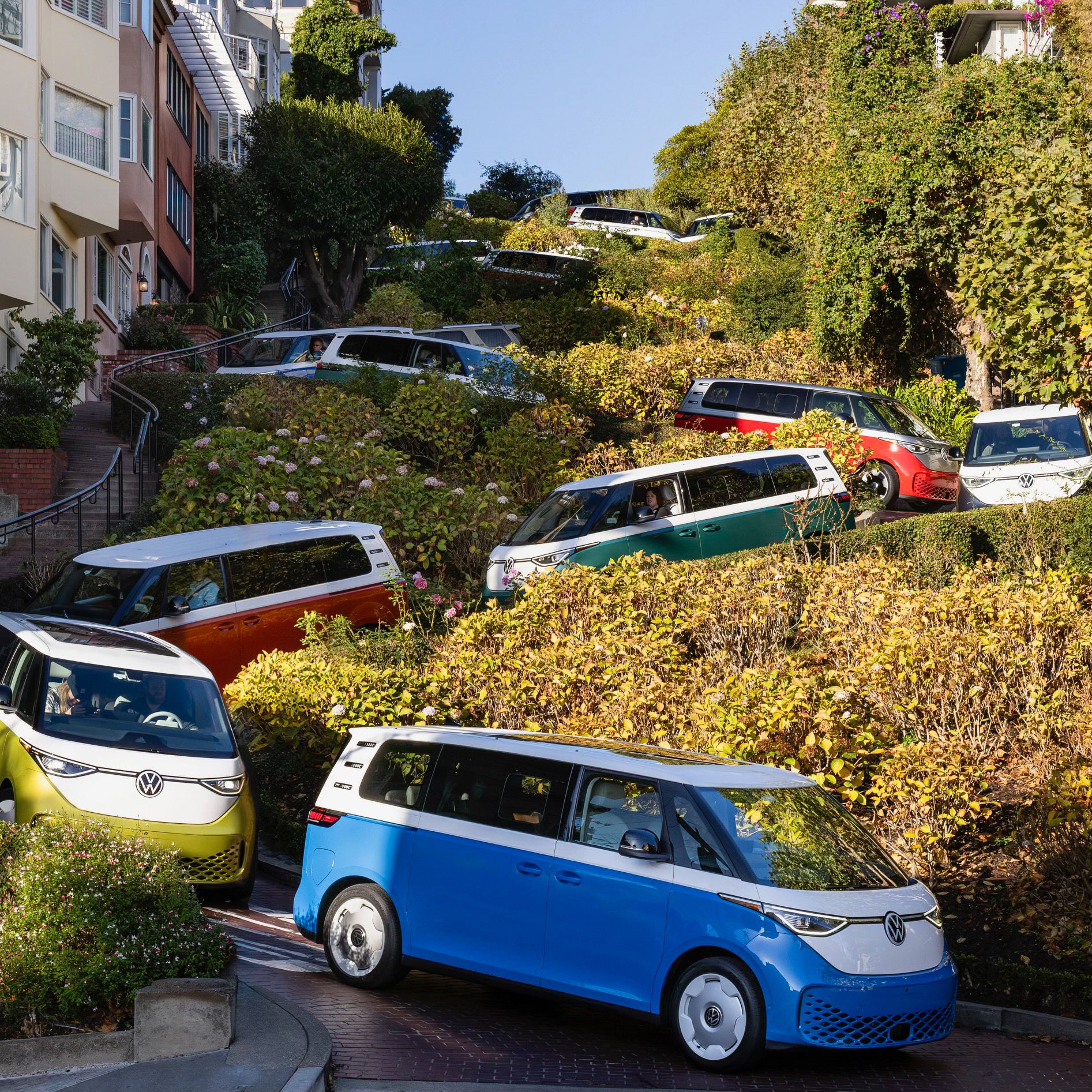Tesla is recalling 2,431 Cybertrucks, and this time there’s no software fix
Tesla has issued yet another recall for the angular, unpainted Cybertruck. This is the sixth recall affecting the model-year 2024 Cybertruck to be issued since January, and it affects 2,431 vehicles in total. And this time, there’s no fix being delivered by a software update over the air—owners will need to have their pickup trucks physically repaired.
The problem is a faulty drive unit inverter, which stranded a Cybertruck at the end of July. Tesla says it started investigating the problem a week later and by late October arrived at the conclusion that it had made a bad batch of inverters that it used in production vehicles from November 6, 2023, until July 30, 2024. After a total of five failures and warranty claims that the company says “may be related to the condition,” Tesla issued a recall.
Tesla is often able to fix defects in its products by pushing out new software, something that leads many fans of the brand to get defensive over the topic. Although there is no requirement for a safety recall to involve some kind of hardware fix—20 percent of all car recalls are now software fixes—in this case, the solution to the failing inverters very much requires a technician to work on the affected trucks.
Tesla says that starting on December 9, it will begin replacing the faulty inverters with new ones that have components that won’t malfunction.
Tesla is recalling 2,431 Cybertrucks, and this time there’s no software fix Read More »
